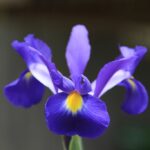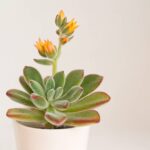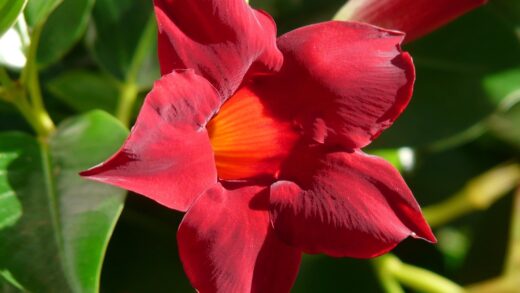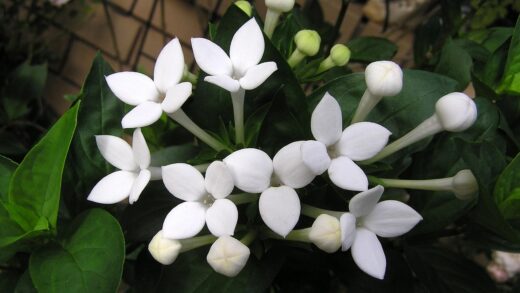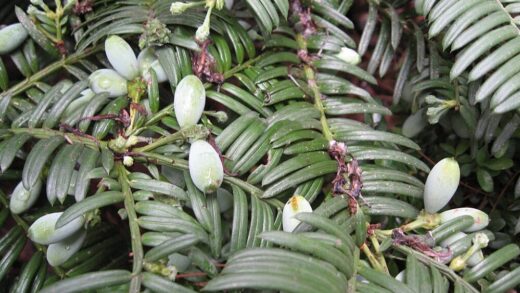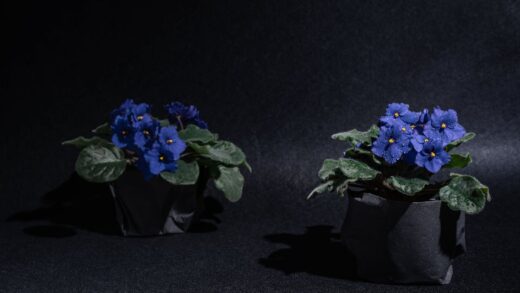Providing the right amount of light is a cornerstone of successful peppermint cultivation, directly influencing the plant’s growth, size, and, most importantly, the aromatic quality of its leaves. While peppermint is often considered an adaptable and easy-to-grow herb, its lighting needs are more nuanced than simply placing it in the sunniest spot available. It is a plant that thrives in a delicate balance between sufficient light for vigorous photosynthesis and protection from the harsh intensity that can cause stress and damage. Understanding this balance is key to producing a truly exceptional and flavorful harvest.
Peppermint’s ideal light environment is one that provides at least four to six hours of direct sunlight per day, followed by a period of partial or dappled shade. The morning sun is particularly beneficial, as it is less intense than the strong afternoon sun. This exposure provides the plant with ample light energy to fuel the production of the complex essential oils, such as menthol and menthone, that are responsible for its characteristic cooling flavor and pungent aroma. Insufficient light will result in a plant that is weak, spindly, and noticeably lacking in flavor.
However, too much intense, direct sunlight can be detrimental, especially in hotter climates. The strong rays of the afternoon sun can be stressful for this moisture-loving herb, leading to leaf scorch, which appears as brown, crispy patches on the foliage. Excessive sun exposure can also cause the plant to wilt dramatically during the hottest part of the day as it loses moisture through transpiration faster than its roots can absorb it. While the plant may recover in the evening, this daily stress can weaken it over time.
Therefore, the perfect location for a peppermint patch is often one with an eastern exposure, where it can soak up the direct morning sun and then benefit from the shade cast by a building, tree, or taller plants during the afternoon. Gardeners in cooler, more northern climates may find that their peppermint can tolerate, and even benefit from, full sun all day long. The key is to observe your plant and its environment and to choose a location that provides a healthy middle ground between too little and too much light.
The effects of full sun on growth and oil production
Placing a peppermint plant in a location where it receives full, direct sun all day long can have both positive and negative consequences, largely dependent on your geographical location and climate. In cooler, more temperate regions, full sun exposure can be highly beneficial. The ample light energy maximizes the rate of photosynthesis, which in turn can lead to more vigorous, compact growth and a higher overall yield of leaves. The plant will tend to be bushier and less “leggy” than one grown in shadier conditions.
More articles on this topic
From a quality perspective, high light intensity is directly linked to an increased concentration of essential oils in the leaves. The plant produces these volatile oils as a form of protection against environmental stressors, including high light and heat. Therefore, a peppermint plant grown in full sun, provided it has adequate water, will often have a more potent, pungent, and complex flavor and aroma. For gardeners whose primary goal is to harvest intensely flavorful leaves for teas, culinary uses, or oil extraction, maximizing sun exposure in a suitable climate can be a strategic choice.
However, the significant drawback of a full-sun location is the increased demand for water and the risk of heat stress. The soil in a sunny spot will dry out extremely quickly, necessitating more frequent and diligent watering to prevent the plant from wilting and suffering from drought stress. In climates with very hot summers, the afternoon sun can be simply too intense, leading to scorched leaves and a plant that is in a constant state of struggle. This stress, if prolonged, can ultimately weaken the plant and make it more susceptible to pests and diseases.
Ultimately, the decision to plant in full sun requires a careful assessment of your local conditions. If you live in a region with mild summers and you are able to provide consistent and abundant moisture, a full-sun location can yield a highly productive and flavorful mint patch. If, however, you live in a hot, dry climate, the challenges of heat stress and excessive water demand will likely outweigh the benefits, making a location with some afternoon shade a much safer and more successful choice.
Growing peppermint in partial shade
Growing peppermint in partial shade is often the recommended approach, as it provides a balanced environment that caters to the plant’s needs while mitigating the risks associated with excessive sun exposure. Partial shade typically refers to a location that receives between two to four hours of direct sunlight per day, or one that is shaded for a significant portion of the day, especially during the hot afternoon hours. This could be a spot under a high-branched deciduous tree or on the east side of a building that gets good morning sun.
More articles on this topic
In this environment, the peppermint plant is protected from the most intense, potentially damaging rays of the sun. This significantly reduces the risk of leaf scorch and heat stress, allowing the plant to maintain its turgor and healthy appearance even on very hot days. The reduced light intensity also means that the soil will not dry out as quickly, making water management easier and more forgiving. This can be a major advantage for busy gardeners or those in areas with water restrictions.
While the concentration of essential oils might be slightly lower than in a plant grown in full sun, the foliage produced in partial shade is often considered to be of superior quality for many fresh uses. The leaves tend to be larger, more tender, and more succulent. The overall flavor is still excellent and vibrant, and some may even prefer its slightly milder, less harsh character. The plant will still grow vigorously, although it may have a more open, slightly taller habit compared to the compact growth seen in full sun.
Partial shade is a particularly wise choice for gardeners in southern latitudes or areas with hot, dry summers. In these climates, the protection from the afternoon sun is not just beneficial, it is often essential for the plant’s survival and well-being. By providing this respite from the heat, you create a microclimate where the peppermint can thrive without the constant stress of battling extreme temperatures, resulting in a healthier, more resilient, and consistently productive plant throughout the entire growing season.
Recognizing signs of insufficient or excessive light
A peppermint plant will communicate its needs through clear visual cues, and learning to interpret these signals is key to providing the optimal light conditions. When a plant is not receiving enough light, it will exhibit a condition known as etiolation. The most obvious sign is weak, “leggy” growth. The stems will be unusually long and spindly, with large gaps between the sets of leaves. This is because the plant is literally stretching itself out in an attempt to find a better light source.
In addition to leggy growth, the leaves of a light-deprived plant will often be smaller than normal and may be a paler shade of green. The overall density of the plant will be sparse and thin rather than full and bushy. Most importantly for the gardener, the flavor and aroma of the leaves will be significantly diminished. Without enough light energy to drive the production of essential oils, the mint will taste more like a generic green leaf than the pungent herb it should be. If you observe these symptoms, it is a clear indication that you need to move the plant to a sunnier location.
On the other end of the spectrum, a peppermint plant receiving too much light will also show distinct signs of stress. The most common symptom is leaf scorch, which appears as brown, dry, or crispy patches on the leaves, particularly on the parts most exposed to the sun. The leaves may also take on a bleached or yellowish appearance and can develop a reddish or purplish tinge as the plant produces pigments to protect itself from the intense light. The edges of the leaves may also curl downwards.
Another clear sign of excessive sun is frequent wilting, especially during the hottest part of the day. Even if the soil is moist, the plant’s leaves may droop and look lifeless as it loses water through transpiration faster than the roots can absorb it. While it might recover in the evening, this daily cycle of wilting puts considerable stress on the plant. If you see these signs of scorch and persistent wilting, you should consider transplanting the mint to a location that offers some protection from the harsh afternoon sun or rigging up a temporary shade cloth to provide relief.








